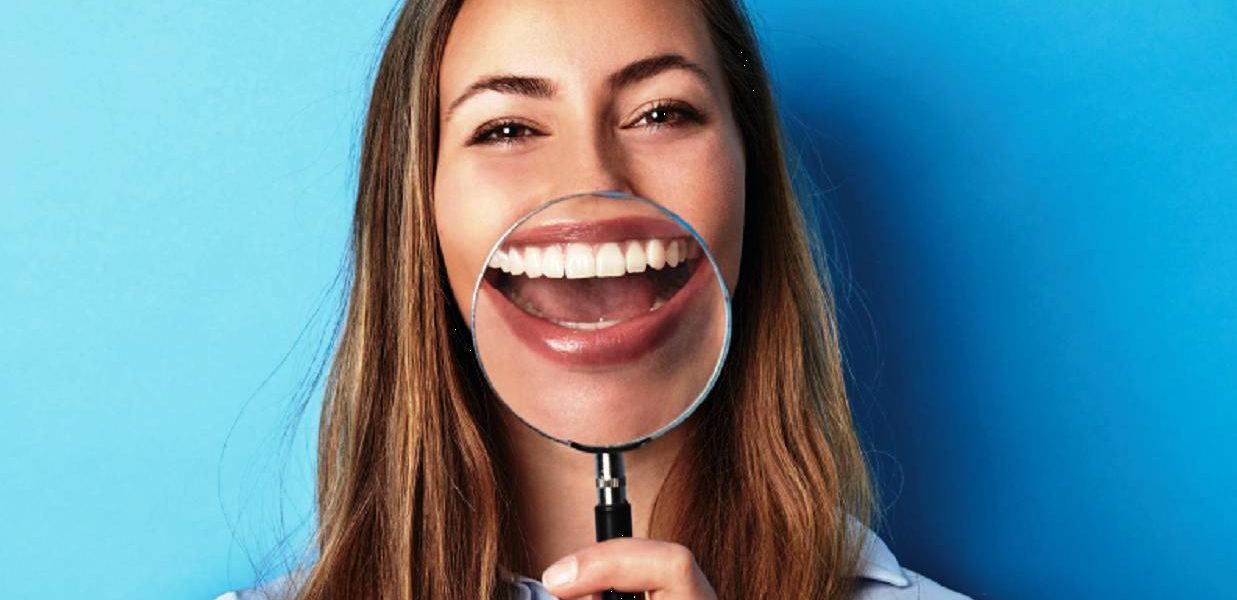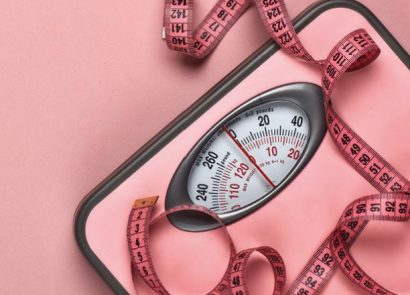Q
Is it true that there is bacteria living inside my mouth?
A
There are actually billions of natural, harmless bacteria in the mouth that help to protect our teeth and gums. Harmful bacteria (streptococcus mutans) are formed from sugar and starch which produce acids that can lead to tooth decay and gum disease.
Q
What health issues arise from poor oral hygiene?
A
Aside from the obvious consequences, including tooth decay, gum disease and bad breath, poor oral hygiene can lead to much more serious health problems. Bacteria from the mouth, if left to decay, can easily enter the bloodstream and cause infection. Bad oral health has been linked to diseases such as diabetes, dementia and even cancer.
Q
What foods and drinks should I avoid to help look after my teeth?
A
We all know that sugary foods and drinks are bad for your teeth. They contain acidic bacteria that creates plaque and attacks tooth enamel. Naturally pigmented foods like beetroot can transfer colour on to the teeth, staining them, so be extra careful to brush after eating.
Q
Is my toothbrush making me ill?
A
It could be. If you are in a family and you keep the toothbrushes in one pot, the bristles can touch one another meaning bacteria can cross from one brush to another. If one family member is ill this can be transferred to the whole family. Try to keep your toothbrush separate.
Q
Do toothbrush sanitisers work?
A
Toothbrush sanitisers do work by cleaning your toothbrush after use. Many use UV technology to sterilise the toothbrush and remove bacteria. It is important that the toothbrush does not contain bacteria as these can multiply on the bristles. If present these can then re-infect the teeth and gums.
Q
What’s the best way to store my toothbrush?
A
Be sure to thoroughly rinse your toothbrush with water before and after use to ensure all toothpaste and debris is removed, and stand it in an upright position to allow it completely air dry. Make sure it’s not left too close to the sink to avoid dirty water and soap splashing the head, and most importantly, keep your toothbrush at least three feet away from the toilet to avoid any contamination from airborne germs.
Q
Do I need to use mouthwash?
A
Always use a mouthwash containing fluoride after brushing to help strengthen and restore the mineralised content of the tooth enamel. Avoid mouthwashes containing alcohol as they can irritate the soft tissues in the mouth leading to sore patches on the tongue, the insides of your cheeks and the lips. Try not to rinse with tap water afterwards as this can remove some of the fluoride, lessening the effects.
Q
Does it matter what toothpaste I use?
A
Toothpaste really does make a difference. The foaming and cleansing agents help remove more plaque than by brushing alone. The fluoride in toothpaste is also very important as it helps to strengthen and protect the tooth enamel, so look out for this when buying.
Q
How often should I floss?
A
I would recommend that you floss at least once a day to remove any debris or plaque from areas between the teeth that a toothbrush can’t reach. You could try using interdental brushes or electric flossers.
Q
When should I toss my toothbrush?
A
You should replace your toothbrush every three to four months, or when the bristles become frayed.




















